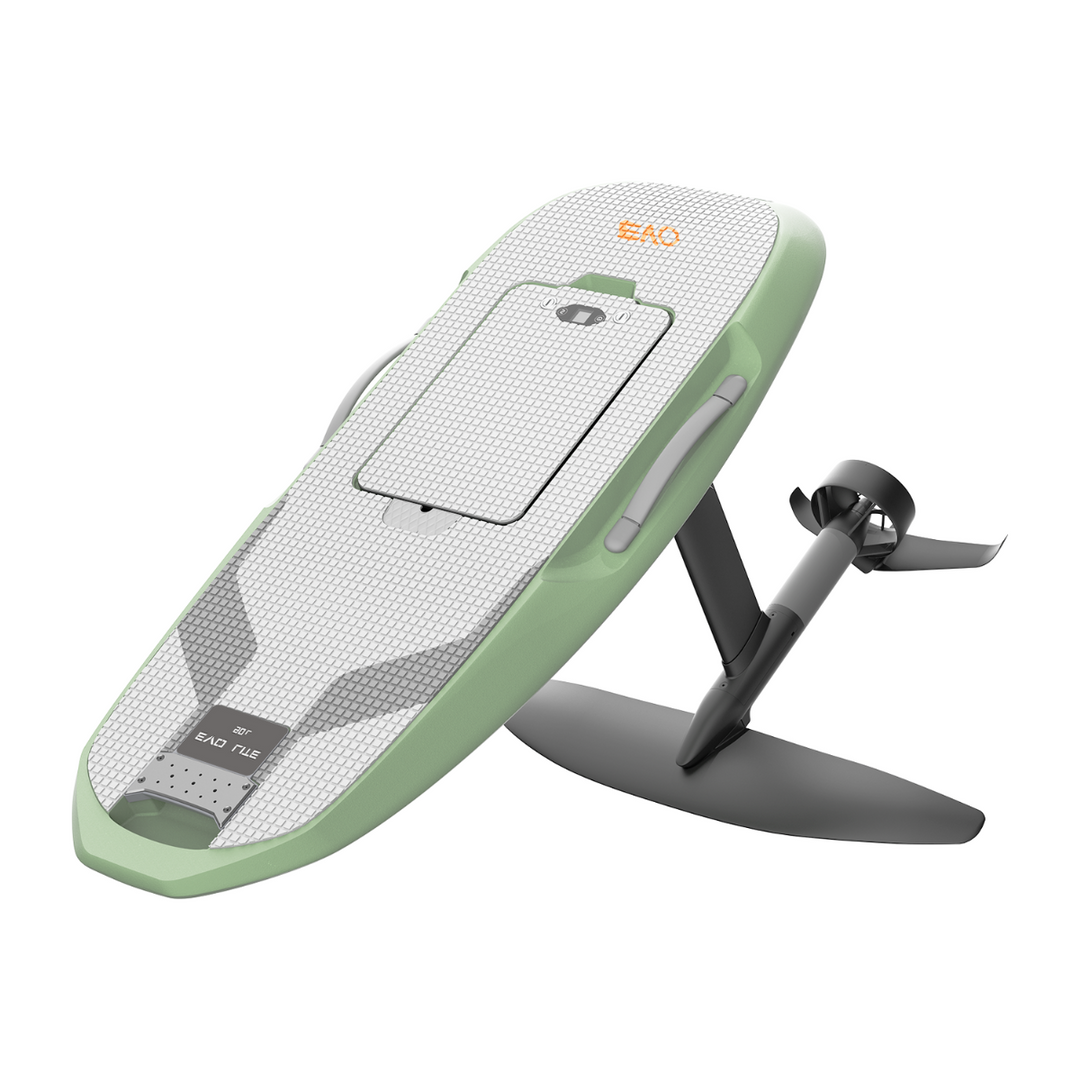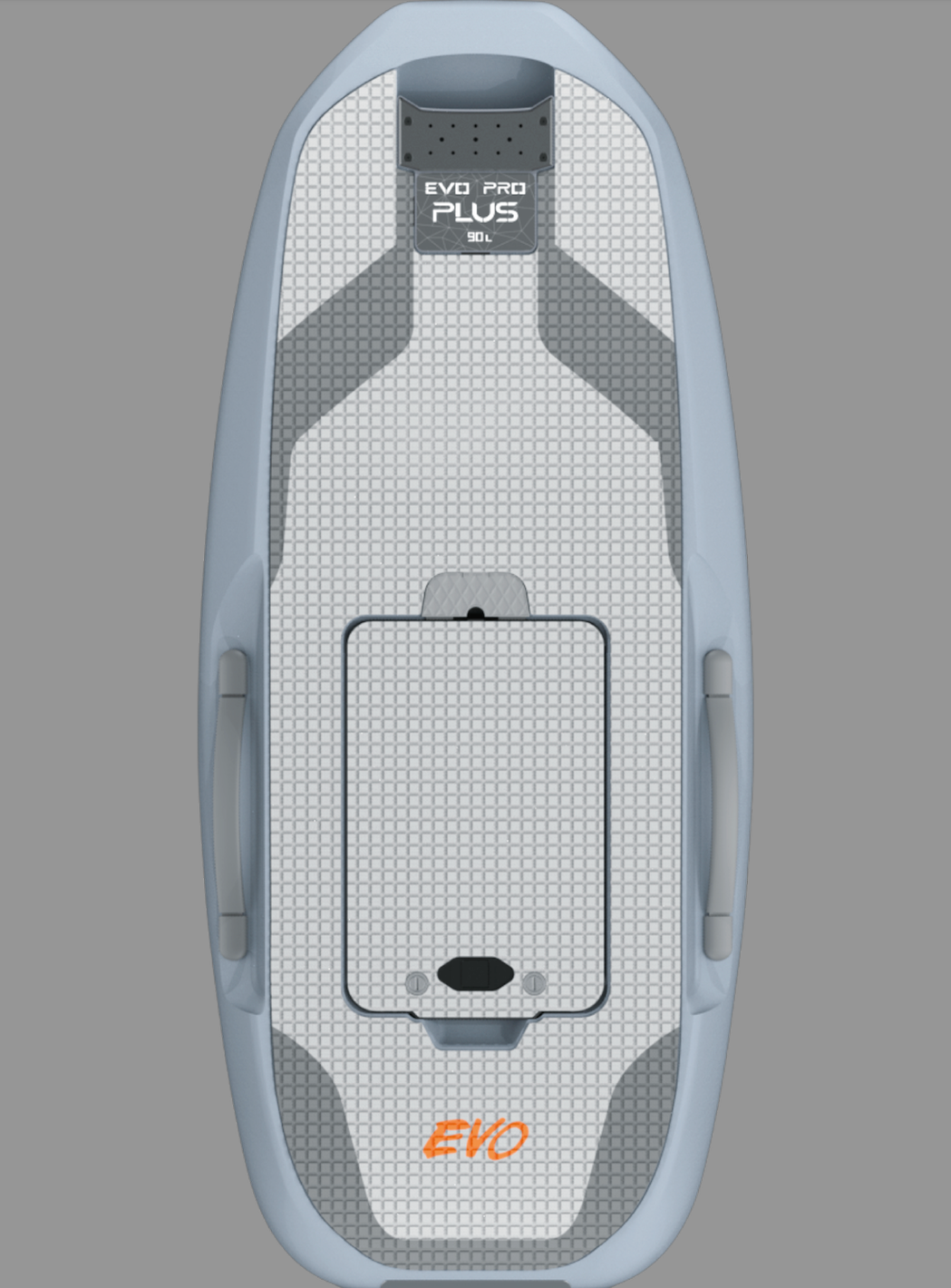Review Waydoo EVO
Waydoo EVO: A Revolutionary Leap Forward in eFoiling
 Waydoo EVO: Taking eFoiling to the Next Level
Waydoo EVO: Taking eFoiling to the Next Level
We are thrilled to introduce the Waydoo EVO, a completely redesigned platform that integrates all the learnings and improvements Waydoo has gathered from customer feedback, competitive analysis, and their own innovative thinking. The Waydoo EVO represents more than just an incremental improvement—it’s a revolutionary step forward in the world of efoiling.
With over five years in the efoil business, Waydoo has continually pushed the sport forward through innovation and progress. Some design concepts have proven to be so effective that Waydoo has stuck with them, such as their EPP foam boards and plug-and-play connection system. These features were first introduced with the Waydoo Flyer One and have been further refined and improved with the EVO.
EPP Foam Board
boards are constructed from a soft yet durable Expanded Polypropylene (EPP) foam, which offers several advantages. Unlike most efoil manufacturers that use fiberglass or carbon, Waydoo chose EPP foam for its significant durability. Our four-year-old original Waydoo Flyer One is still in excellent condition, thanks to the resilience of this material. It can withstand impacts with boats, docks, cars, and even people without causing or sustaining damage. Additionally, the EPP foam helps keep the board’s weight down and enhances safety, especially when teaching new riders who may fall onto the board. The affordability of EPP foam also helps keep the overall cost of Waydoo boards down. For the EVO lineup, Waydoo has further improved the EPP foam, giving it a textured feel that appears even more durable.
Plug-and-Play Battery to Mast Connection
One of Waydoo’s most elegant design features is the simple plug-and-play connection between the battery and the power unit—no wires, just a straightforward connection. This design simplifies setup, reduces the potential for failure, and minimizes the risk of parts breaking. First introduced with the Flyer One, this connection system has been further refined and simplified with the EVO.
What’s New with the Waydoo EVO
We recently received the new Waydoo EVO, and it has several significant advantages over the Waydoo Flyer One. Since the EVO is a complete redesign, very few components are backward compatible. While this may seem disappointing, the changes made are well worth it.
Next-Level Modularity
The Waydoo EVO is even more modular than the original Waydoo, offering a wide array of components, including:
-
4 boards in three different sizes and two material choices (EPP and Carbon
 3 masts in three differentsizes and two materials (Carbon and Aluminum)
3 masts in three differentsizes and two materials (Carbon and Aluminum)

- 3 power units: Standard, Performance, and Elite

- 2 Powerflight battery sizes: 36Ah and 45Ah

- 8 wings: Six front wings and two rear wings, available in either fiberglass or carbon

The number of configuration choices is vast, with more components on the way. Although Waydoo has yet to release full details on propulsion options, we expect at least as many options for the EVO as were available for the Waydoo Flyer One, including three propellers, a folding propeller option, and a jet drive. The EVO’s modularity ensures flexibility for different rider skill levels, riding conditions, and budgets.
Early Impressions: A Remarkable Improvement
We’ve taken the EVO out for five rides and had two other experienced riders try it as well. All three of us agree that the EVO is simply amazing. It’s a significant improvement over the already excellent Waydoo Flyer One Plus. The fit and finish have been greatly enhanced, with higher-quality components that fit together more seamlessly. The performance is incredible, with the most notable improvements being the extended ride time, increased power, and enhanced maneuverability of the smaller board. Additionally, there are numerous refinements across all components.
Powerflight Battery and Charger
The new 45 Ah Powerflight battery boasts an improved display that now shows the actual battery percentage, a feature missing from the older model. While the original battery used push buttons to turn on and sync Bluetooth, Waydoo has upgraded to magnetic switches in the newer Flyer One batteries, and the EVO battery takes it a step further with a full-color display and magnetic switches. The battery also doubles as an inverter to power other devices, such as charging phones or powering equipment while camping, adding versatility for those who might need it.
The new charger is much smaller and charges significantly faster. Our battery went from 36% to 100% in just over an hour, allowing us to get back on the water quickly.
Waydoo EVO Remote
The form factor of the Waydoo EVO remote remains similar to the original, but the screen and software have seen substantial upgrades. The new remote is much brighter and easier to read in bright sunlight. The colors are more vivid, and the screen provides more detailed information, including actual battery percentage, board angle, speed, wattage, remote battery life, and the gear in use (1-24). The trigger has also been improved, offering more precise control. However, we do have a couple of minor complaints: we’re currently unable to switch from metric to imperial units for speed, and the process for downloading ride data has become a bit glitchy. We expect these issues to be resolved with future software updates.
The remote also includes a handy leash and a tool for securing the battery to the board. The magnet used to turn the board on and off is cleverly integrated into the bottom of the remote.
Mast and Power Unit
The Waydoo EVO offers three mast lengths and two materials, with options for both aluminum and carbon fiber. We’ve been riding the longer aluminum mast, which at 35 inches is slightly longer than the original Flyer One mast. This additional length noticeably improves ride height and performance. The new performance power unit features a powerful motor with a propeller similar to the original aluminum one, housed in a protective cage. We’ve already removed the rear cage and plan to remove the entire protective ring to further enhance performance and range. We’re eager to try other props, particularly the folding prop on the EVO.
The power unit is available in three configurations: the Standard unit outputs 4000W and is designed for riders up to 130kg, while the Performance and Elite units offer 6000W, capable of handling weights up to 170kg. The Elite unit, made using CNC machining, features a premium, sleek appearance.
The EVO’s fuselage has been significantly improved, with a three-screw mount point for wings, providing a much stiffer and better connection. This is a big improvement, especially when riding large wings like the Glider 1500. Waydoo also includes a fuselage extender with the EVO, which will allow the tail wing to be mounted further back, improving stability.
Wings and Other Components
The new three-point mount for the EVO’s front wing provides greater stability, though it does mean that older wings are not compatible with the EVO. We’ve tested the Glider 1500 in both fiberglass and carbon, and both offer exceptional lift and efficiency. For a more dynamic, carving experience, the Voyager G1100 is a great choice. The flexibility to switch between wings based on conditions and riding goals is a major advantage of the EVO.
The standard tail for the EVO is the 320, available in fiberglass and molded plastic. It’s slightly smaller in surface area than the surf tail 322 but offers a similar shape. Fortunately, the tail mount point is compatible with the original Flyer One, so rear wings are backward compatible.
Waydoo has also introduced the "Mover," a set of wheels that screws into the tail of the board, allowing the fully assembled board to be easily rolled to the water—a very useful and well-designed feature.
Cool Tech Features
The Waydoo EVO comes with three exciting new tech features:
-
Balance Assistance Embedded Sensors: An industry-first, these sensors work with software to provide balancing, landing, and takeoff assistance, helping the board maintain a desired height. While we’ve only tested this feature a few times, it seems promising, particularly for new riders.
-
Geo-Fencing: Using GPS, you can set a ride area on the map. If the rider leaves this zone, the Waydoo EVO limits the gear to 5, ensuring safe return. This feature is particularly useful for rental fleets with designated ride zones.
-
LED Underwater Lights: The Waydoo EVO features two underwater LED lights at the base of the mast, offering an incredible riding experience in low-light conditions. We’ve had the opportunity to test this feature, and the lights are very effective and add a magical element to sunset and night rides.
Conclusion
With the EVO, Waydoo has firmly established itself as a leader in the efoil market. The EVO’s modular design allows for customization to meet every rider's needs, while the enhanced components, new features, and improved performance make it the most exciting efoil to hit the market in 2024.
We’re excited to continue our journey with Waydoo and look forward to what the future holds with the EVO. If you’ve been considering entering the world of efoiling or upgrading your current setup, the Waydoo EVO is definitely worth considering.




